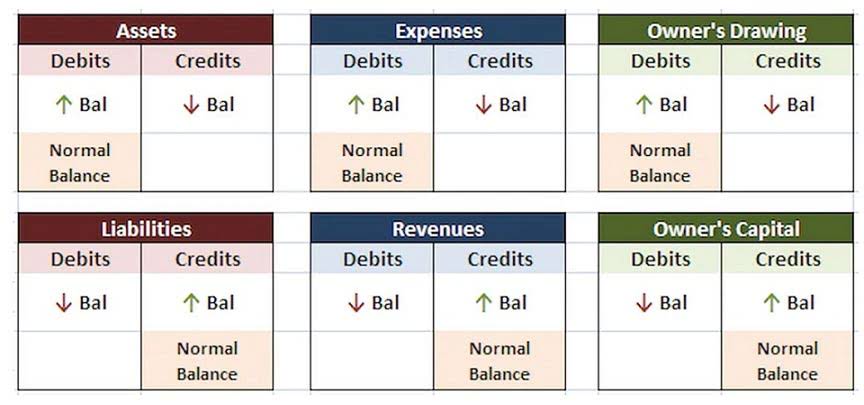
For instance, if XYZ Widgets Inc. had $500,000 in annual sales and $200,000 in variable costs, its contribution margin would be $300,000. Contribution format statements separate expenses into fixed and variable costs. Traditional income statements separate costs by production (COGS) and administration (SG&A), each of which may be a mix of variable and fixed costs.
How to Determine the Contribution Margin

Another critical advantage of contribution margin analysis is its ability to highlight how changes in sales or expense structures affect the bottom line. Unlike traditional profit calculations that fixed costs can cloud, contribution margin focuses solely on variable costs, providing a clearer picture of the impact of incremental changes. Whether adjusting pricing strategies, renegotiating supplier contracts, or scaling production, businesses can make informed decisions backed by quantifiable contribution margin income statement data. Unlike a traditional income statement, the expenses are bifurcated based on how the cost behaves. Variable cost includes direct material, direct labor, variable overheads, and fixed overheads.

Interested in a product Demo?

They’re essential for understanding the health and performance of a business, guiding decision making, and planning for growth. That means 63% of your revenue is available to cover fixed expenses and profit. One good example is Apple’s profit margin for the iPhone 13 which stood at 20%. It cost Apple around $526 to manufacture the iPhone 13, which sold for $800. After factoring in additional expenses like marketing, research and development, and administrative costs, Apple earned an approximate profit of $161 per unit.
How do you calculate the contribution margin from EBIT?
Another income statement format, called the contribution margin income statement11 shows the fixed and variable components of cost information. Note that operating profit is the same in both statements, but the organization of data differs. The contribution margin income statement organizes the data in a way that makes it easier for management to assess how changes in production and sales will affect operating profit. The contribution margin12 represents sales revenue left over after deducting variable costs from sales.
- Gross margin looks at the difference between sales revenue and the cost to make the product (minus things like materials and labor).
- A cost object is a segment, product, or other item for which costs may be accumulated.
- On the other hand, the gross margin metric is a profitability measure that is inclusive of all products and services offered by the company.
- Contribution margin is calculated as sales revenue less variable expenses.
- By analyzing cost behaviors and contribution margins, companies can craft strategies aligned with financial objectives.
- Variable costs can include production expenses, such as materials, supplies and overhead, as well as variable selling and administrative expenses, such as sales commissions and distribution costs.
Products

The overall effect of changes in sales quantity, sales price, variable costs, and fixed costs are discussed below. The effects of these changes are calculated in Video Illustration 4-3, Video Illustration 4-4, and Video Illustration 4-5. The “total income before tax” line on the contribution format income statement is the difference between the contribution margin and fixed costs. Fixed costs are costs that http://brands.pixelich.de/?p=44325 do not change relative to the amount of production.
- Some businesses need to allocate commissions, especially in industries where they sell through distributors.
- Now you know all about the contribution margin income statement, how it differs from the traditional income statement, and how to make one.
- Shaun Conrad is a Certified Public Accountant and CPA exam expert with a passion for teaching.
- Visualization tools within Excel, such as data tables and charts, enhance insights gained from sensitivity analysis.
- In effect, the process can be more difficult in comparison to a quick calculation of gross profit and the gross margin using the income statement, yet is worthwhile in terms of deriving product-level insights.
- Choosing what suits your business best to manage your accounting operations, including creating contribution statements, boils down to your needs and market dynamics.
It tells a Catch Up Bookkeeping manager how much the company actually earns after paying all its bills. Variable expenses are costs that change when a company makes more or sells more stuff. These can include things like materials for products or costs for making the item. First, we need to understand the difference between sales and variable costs to see if a company is making money. For example, if a lemonade stand sells a cup of lemonade for $1 and it costs 50 cents to make it, the variable costs are the 50 cents.
